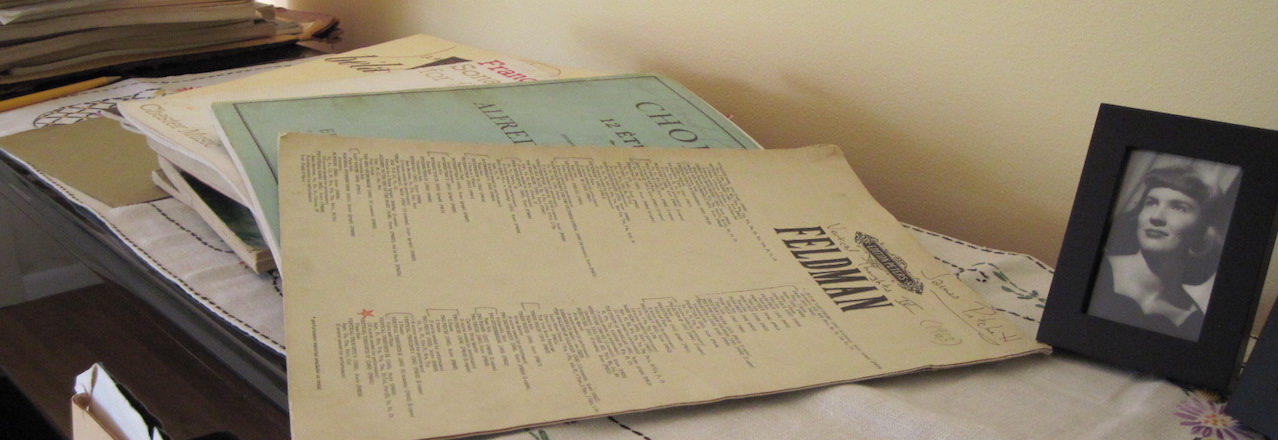Some thoughts on Cage and Feldman and silencing self
Both Morton Feldman and John Cage at various times remembered fondly the long talks they had together during the 1950s, soon after they met. What did they talk about? One topic may have been a spiritual one: seeking something beyond their own sense of self in their work, something larger.
Some thoughts on Cage and Feldman and silencing self Read More »
